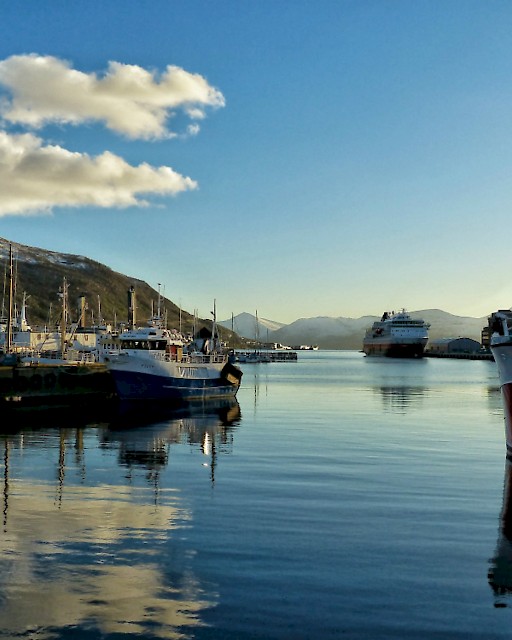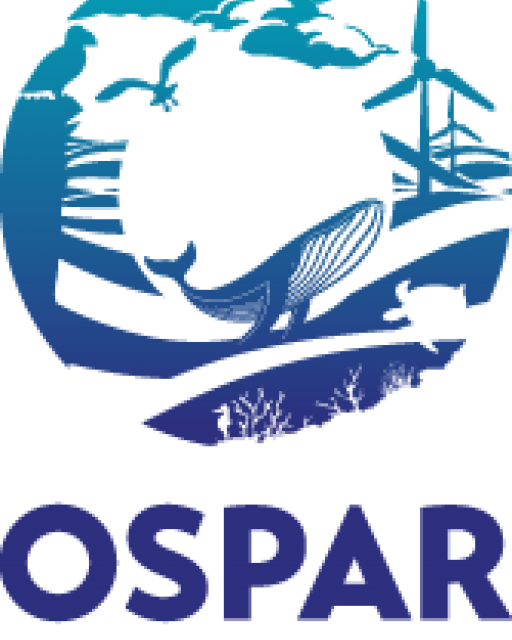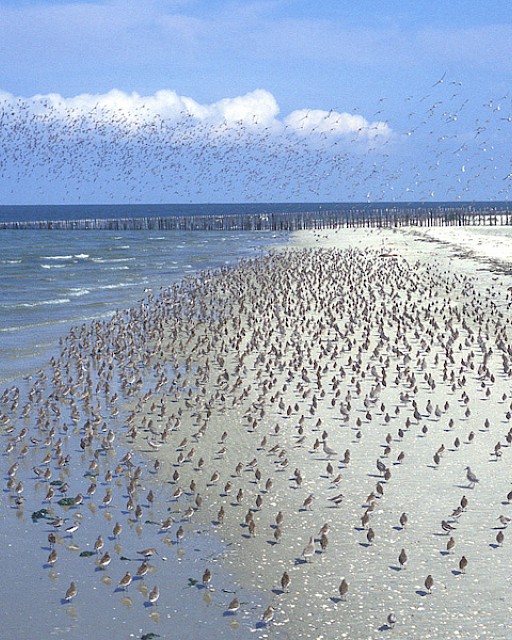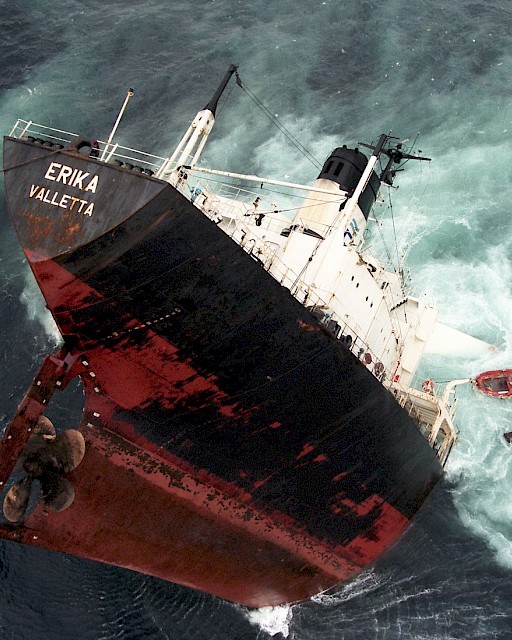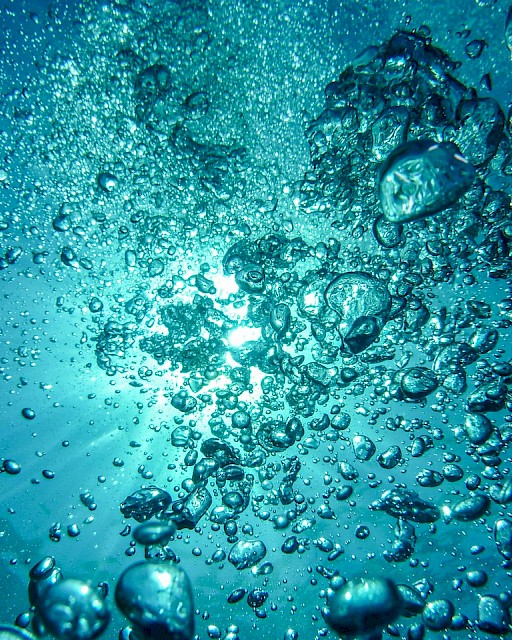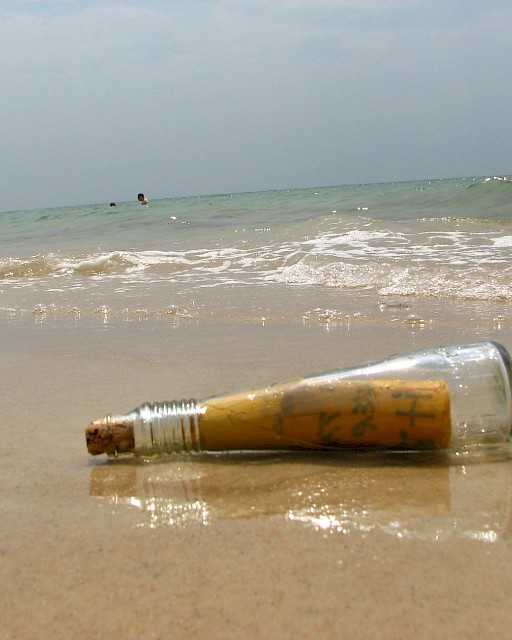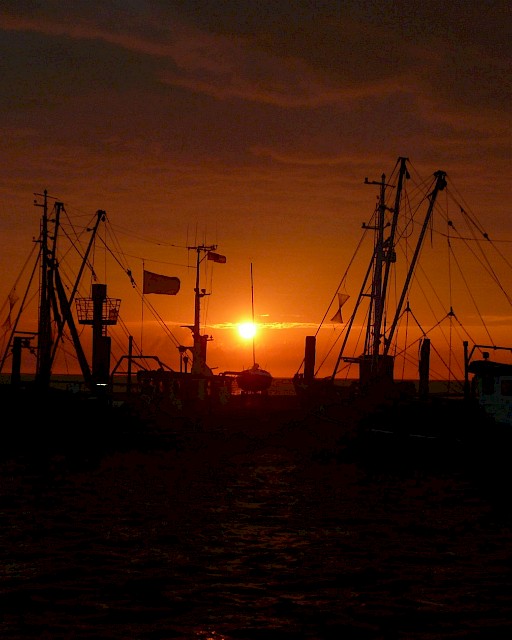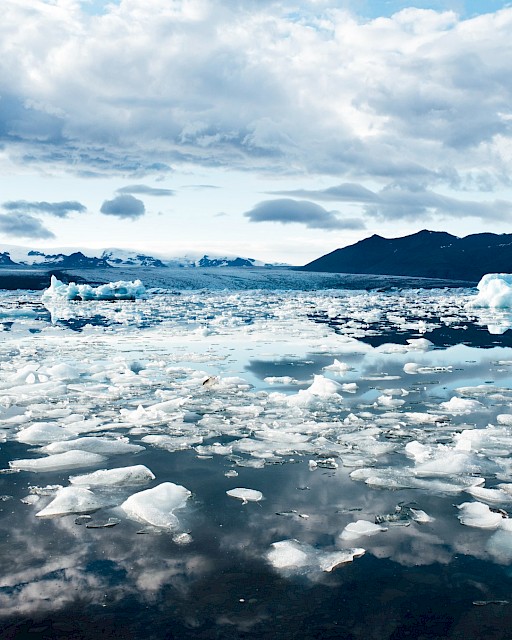The OSPAR Science Agenda is a collation of knowledge gaps that if addressed will contribute to OSPAR’s work in protecting the marine environment and delivering the OSPAR North-East Atlantic Environment Strategy (NEAES). It will also contribute to our work in assessing the state of the marine environment.
OSPAR is working towards addressing these knowledge gaps. The knowledge gaps presented here are those that OSPAR is not currently in a position to take forward by itself and requires the support from the wider scientific community.
The OSPAR Science Agenda provides an important basis to guide OSPAR’s engagement in external projects and in supporting the implementation of OSPAR’s objectives and is therefore intrinsically linked to this OSPAR Project Mechanism.
The OSPAR Science Agenda is to be considered work in progress meaning that the content will be further developed and added to as needed by OSPAR.
The OSPAR Science Agenda can be accessed here. [link to the OSA matrix]
What is the purpose of the OSA?
The purpose of the OSA is to increase the interaction between science and policy. The aspiration of the OSA is to:
- inspire marine scientists to direct their research towards defined management needs and avoid duplication;
- promote development of joint research projects and sharing knowledge/scientific results by Contracting Parties;
- promote cooperation with other Regional Seas Conventions and other frameworks, such as the Marine Strategy Framework Directive (MSFD), in closing common knowledge gaps;
- provide a focus for EU and other joint funding programmes; and
- strengthen cooperation between OSPAR and its partner organisations such as International Council for the Exploration of the Sea (ICES).
Who is the audience of the OSA?
The OSA is directed to the scientific community. This includes those ‘doing’ science and those commissioning and funding science.
How was the OSA developed?
The OSA is a compilation of knowledge gaps identified in the latest comprehensive OSPAR assessment of the status of the marine environment of the North-East Atlantic. The OSA is periodically reviewed and updated.
How can I find out more about the topics that I am interested in?
You can access the OSPAR Science Agenda here: [link]. The OSA includes hundreds of topics across the wide scope of OSPAR’s work. To assist finding work that is relevant to you we have split the OSA into different research topics and categories. [add more information on categories ----- database]
How can I contribute to filling the knowledge gaps? (why should I help?)
The knowledge gaps presented here are those that OSPAR is not currently in a position to take forward by itself and requires the support from the wider scientific community. If you are in a position to contribute to filling these knowledge gaps, you are our HERO*
What can you expect from OSPAR?
OSPAR will keep the OSA up to date. Would publish a progress report on how OSPAR has or is filling the gaps
Co-creation – OSPAR is a stakeholder and user of the science (look at HORIZON EUROPE wording to see how to say it here)
Contact with OSPAR experts
Making your publication more prominent – increasing the visibility of your work
Will be picked up by OSPAR in its assessment – visibility in OSPAR’s world
Contribute to marine policy making -- OSPAR works on policies that are agreed by governments in Europe
What are the priorities?
Eutrophication
(Based on knowledge gaps in class 3. Class 2 knowledge gaps to be added.)
To support indicator development:
- in coastal regions improve understanding of the impact of nutrient ratios on plankton dynamics. In addition, distinguish the impacts of deoxygenation on benthic ecology caused by eutrophication and impacts caused by ocean warming.
To improve data coverage:
- provide additional datasets to fill gaps in concentrations of winter nutrients and dissolved oxygen close to the seafloor. Use models to identify deoxygenation hotspots where data is primarily needed;
- on riverine inputs and direct discharges especially in Region I and Region V but also improving estimates from unmonitored areas.
To improve the effectiveness of measures:
- improve understanding of nutrient sequestration in estuaries and the coastal zone in relation to WFD measures.
To understand the impact of emerging pressures from human activities:
- investigate impacts of climate change on land use and increased dynamics of river discharges on eutrophication in coastal areas.
Hazardous substances
(Based on knowledge gaps in class 3. Class 2 knowledge gaps to be added.)
To support indicator development:
- do ecotoxicological research that generates data with the purpose to develop new assessment criteria or threshold values for hazardous substances in marine biota and sediment.
To improve data coverage:
- on riverine inputs and direct discharges especially in Region I and Region V but also improving estimates from unmonitored areas.
To understand the impact of emerging pressures from human activities:
- develop a prioritization model to identify substances of emerging concern using a data driven approach.
Marine mammals
(Based on knowledge gaps in class 2 and 3, identified by ICG-COBAM and ICG-POSH)
To support indicator development:
- (further) development of new and existing demographic parameters for grey seal fecundity to better understand impacts of human pressures.
To contribute to thresholds and references:
- enhance statistical power to detect meaningful trends in seal abundance and distribution and improve the knowledge base for by-catch management that also takes into account removal of marine mammals by human activities other than fishing.
To improve data coverage:
- to better understand the distribution of seals, the quality of seal foraging grounds, interactions between grey and harbour seals and historic declines in seal populations;
- on abundance and distribution, including migration routes, of Bowhead and Blue whale populations;
- To better understand cumulative impacts of existing and emerging human activities, including climate change-induced pressures in the Arctic, on populations of Bowhead and Blue whale species.
Radioactive substances
The knowledge gaps relating to radioactive substance fall within the following areas: (NB only 10 gaps in total)
Innovation to reduce discharges to the environment (effectiveness of measures):
- OSPAR requires the application of best available techniques and best environmental practice to prevent and eliminate pollution. There are various situations where reducing discharges of radioactive substances is not practicable. OSPAR encourages innovation in these areas as well as innovation to minimise the generation of waste that requires discharging.
Cumulative effects and integration:
- There are various pollutants and stressors that may cause an impact on the marine environment, radioactive substances being only one type. OSPAR welcomes research looking the cumulative impact of multiple stressors include the effects of climate change and ocean acidification.
Emerging issues / new technologies:
- Several of the knowledge gaps refer to emerging issues or new technologies, such as the potential release of natural occurring radionuclides from deep sea-bed mining and the fate and behaviour of radionuclides used in novel medical applications.
Data coverage:
- Our knowledge of the state of the environment could be improved. Areas identified for improvement are concentrations of radionuclides in sediments in the vicinity of offshore installation and historic dump sites.
Contact
If you have any questions about the OSPAR Science Agenda, please contact the OSPAR Secretariat [link]. Please expect some time for such requests to be dealt with.



